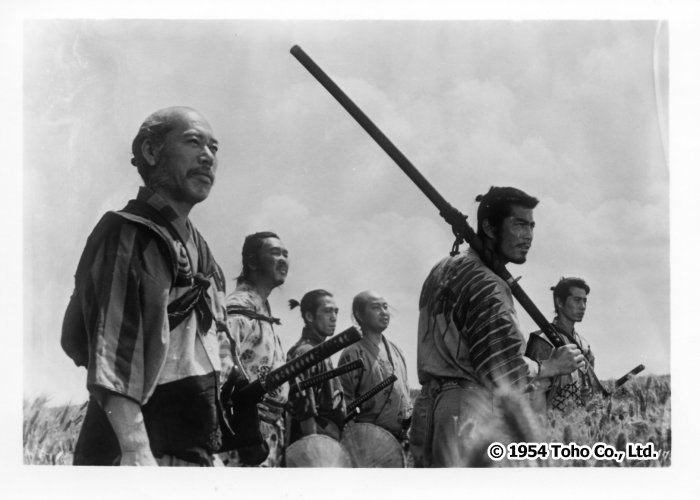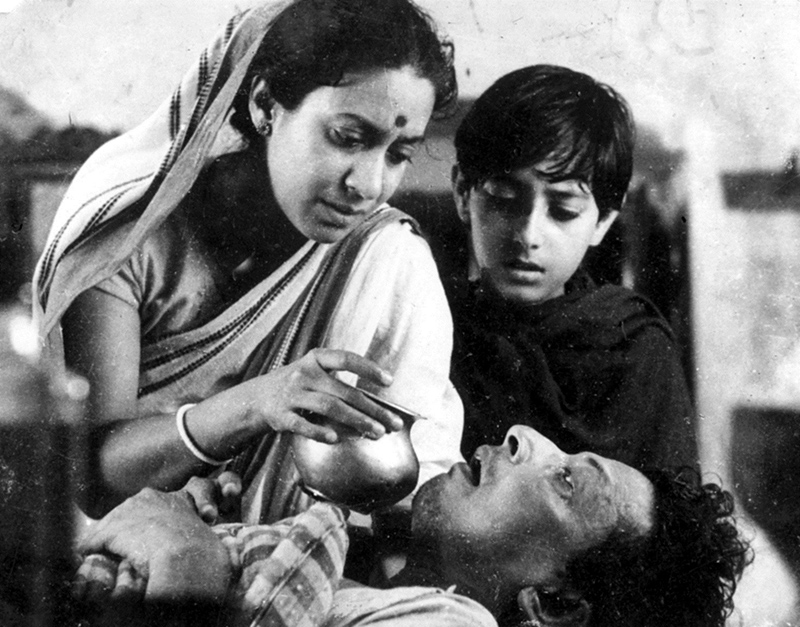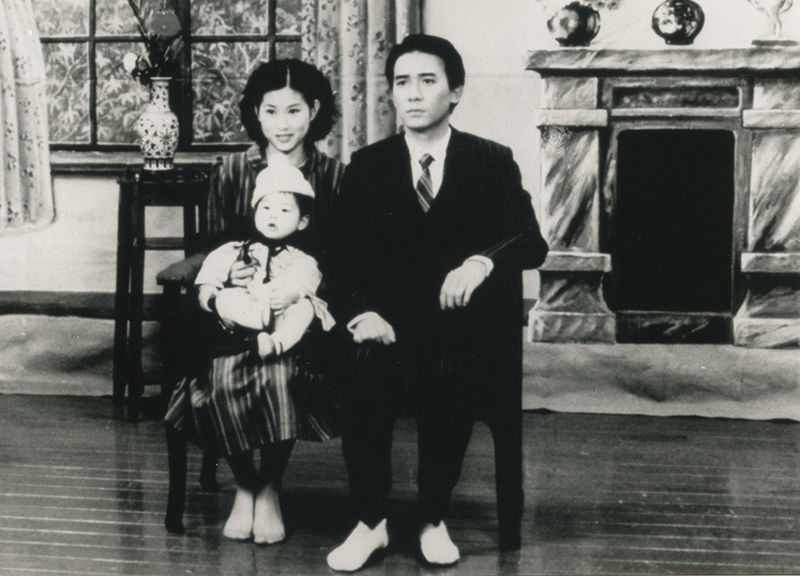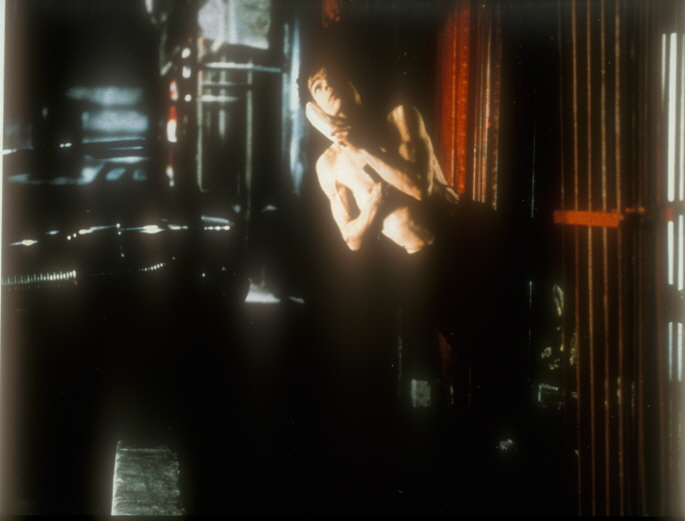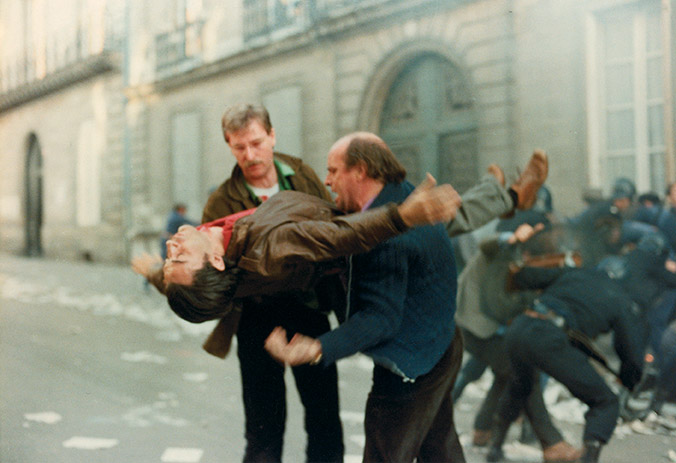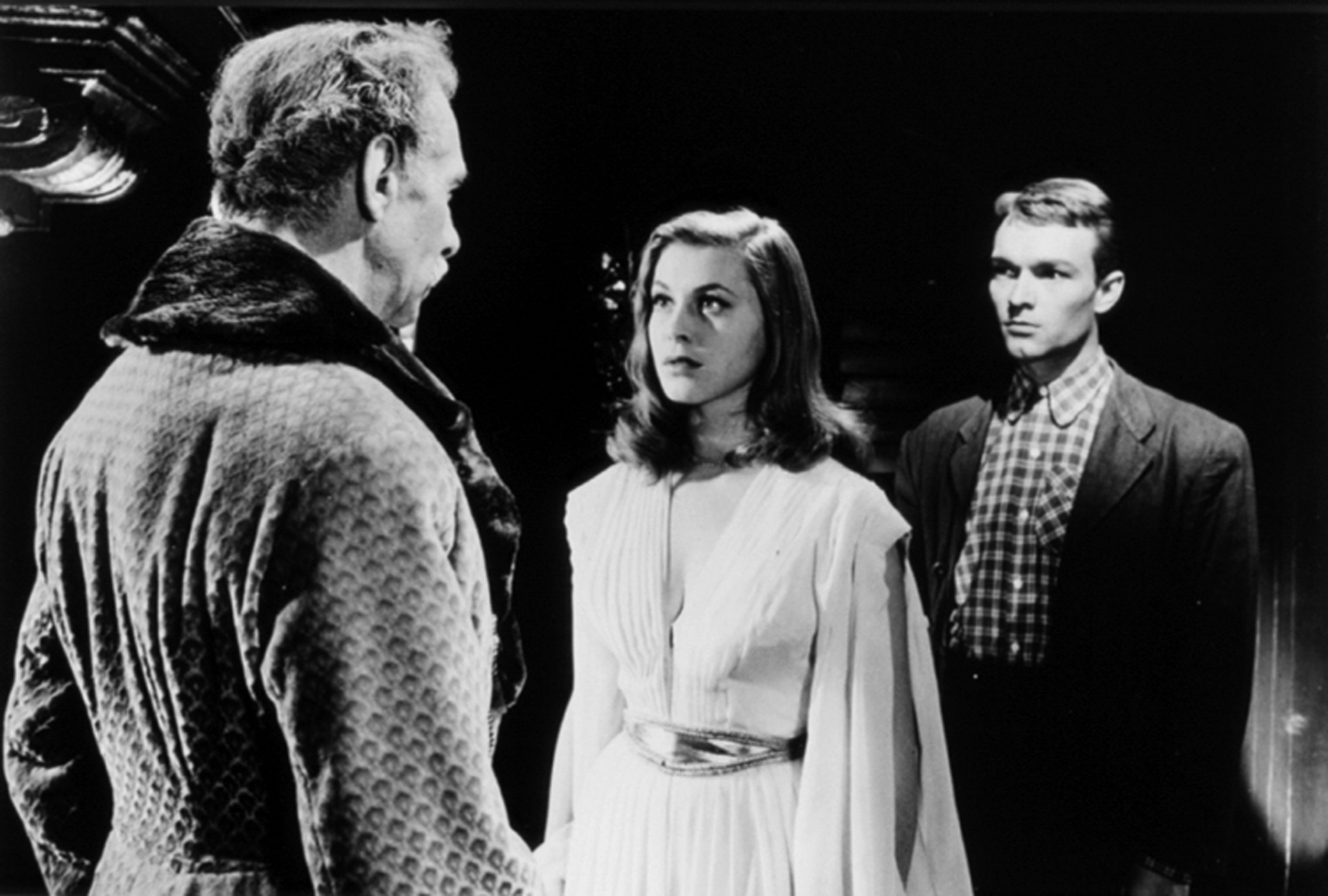영화 정보

Rashomon
20th(2015) Special Programs in Focus
Crime/Violence · Women · Martial Arts
- CountryJapan
- Production Year1950
- Running Time88min
- Format Film(35mm)
- ColorB&W
Program Note
*an extract from an original writing for Asian Cinema 100
[…] This transcendence is already inscribed in certain aspects of the film itself. The photographic quality of the film tends toward total abstraction: the intricately mottled light and dark patterns of the forest absorb and entangle the three human figures (the bandit, the samurai, and his wife); the visual austerity of the magistrate’s court transforms justice into sheer absence; the broken lines and almost empty planes of the ruined temple provide a theatrical-set-like image of post-apocalypse. The transcendent status of Rashomon is also marked in the insistence, in the dialogue of the various people who contemplate the disputed central events of the story, that these events possess a cosmic and universal significance.
Because this significance is closely linked to total chaos and disaster (a recurring theme in Kurosawa Akira’s work), the film has the potential to be very close to us. Made shortly after the end of the war, while an as-yet un-rebuilt Japan was still under the humiliating American Occupation, Rashomon starts out in a state of shock. Kurosawa apparently sees the film as a comment on the contemporary period, just as he sees the central situation of the story as encapsulating and outdoing all the horrors that have gone before. In the words of the priest in the film: “I, for one, have seen hundreds of men dying, killed like animals. Yet even I have never heard anything as horrible as this before. There was never anything as terrible as this.”
This seems a rather strong thing to say about the central story of Rashomon — a story about a single rape and a single death. How can such an anecdote of crime be asserted to be more horrible than (in the priest’s words again) all the “wars, earthquakes, great winds, fires, famines, plague” that have descended on the world? Perhaps what is horrible is the demonstration (through the varying accounts given by the participants in the story) that even under conditions that approximate absolute moral zero and that bring into question humanity itself as a project, the individual will still value his or her own ego over everything else and seek to preserve it at all costs.
Is it possible for someone watching the film today to share in this feeling of horror? That this question can even be asked seems to measure the difference between our time and Kurosawa’s. But Kurosawa’s position was an untimely one even in 1950 (this can be seen from the uncomprehending reactions of Kurosawa’s own associates before Rashomon, as recalled in his autobiography); and the director’s so-called humanism — his way of thinking about morality in absolute terms — was already, always, unfashionable. Was it merely by some misunderstanding, then, or (as many have held) thanks to some exoticizing impulse, that Rashomon managed to capture the imaginations of generations of film viewers and have a decisive impact on global cinema? Inexorably, the film continues to pose such questions, refusing to remain confined within the category of an embalmed cultural object. (Chris FUJIWARA)
Director
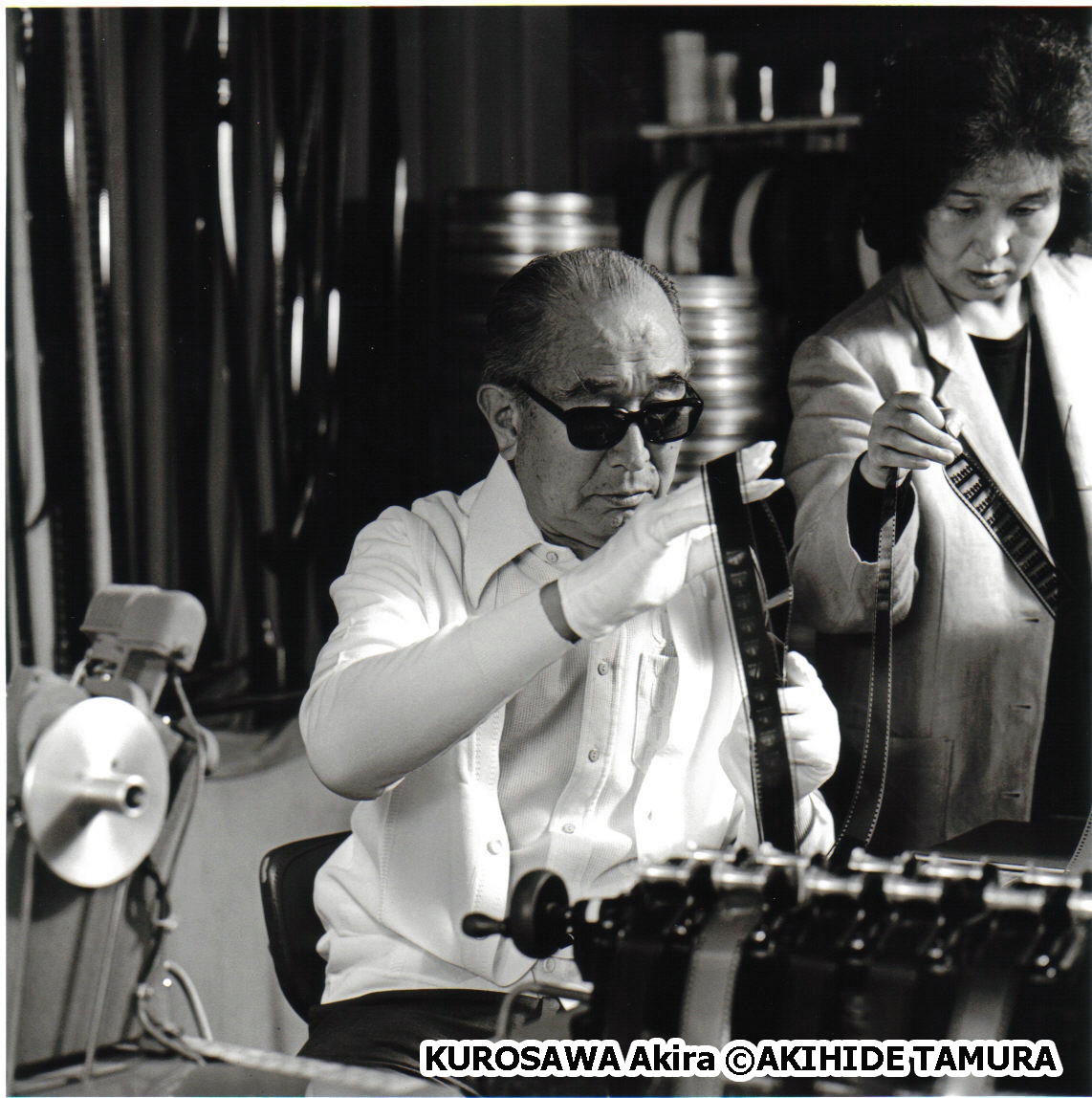

KUROSAWA Akira
As the maestro of Japanese cinema, he was born in Tokyo in 1910 and joined P.C.L studio when he was 26, starting his work as a production team member for Kajiro Yamamoto. He built his own cinematic world after World War II: describing the story of the people who lead individual loves, rejecting the group in the dark and hopeless atmosphere of the defeat. He led technical revolutions building up his own style, i.e. stylized mise-en-scene, excellent sense of editing, and adequate use of camerawork.
Photo


Credit
- Director KUROSAWA Akira 구로사와 아키라
- Cast Toshiro Mifune, Masayuki Mori, Machiko Kyo, Takashi Shimura, Minoru Chiaki, Kichijiro Ueda, Noriko Honma, Daisuke Kato
- Screenplay Akira Kurosawa, Shinobu Hashimoto
- Cinematography Kazuo Miyagawa
- Production Design Takashi Matsuyama
- Music Fumio Hayasaka





